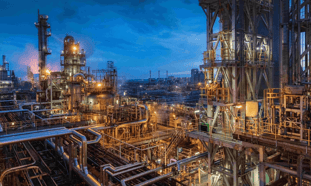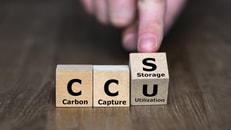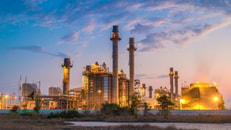US energy tech lab oversees successful field test of direct air capture project
The National Energy Technology Laboratory (NETL) has completed the first successful field test of direct air capture (DAC) technology at the National Carbon Capture Center (NCCC) in Wilsonville, Alabama. The test advances the development of a cost-efficient system to reduce atmospheric levels of carbon dioxide (CO2).
“Results of the field test, which was completed in July at the NCCC in Wilsonville, Alabama, advanced the development of a system that has potential to lower the cost of DAC while reducing atmospheric levels of CO2, a greenhouse gas,” said Naomi O’Neil, NETL federal project manager.
DAC technologies process air directly from the atmosphere rather than targeting CO2 emissions from point sources such as power plants and industrial facilities. As an emerging solution, DAC plays a key role in US strategies to address both current and legacy emissions, supporting a Net Zero emissions economy by 2050.
... to continue reading you must be subscribed






















